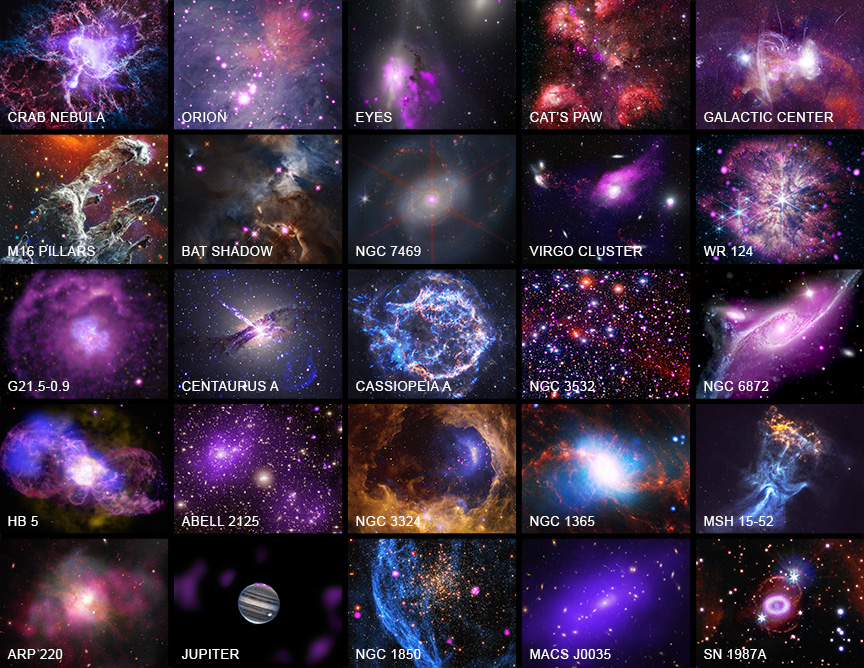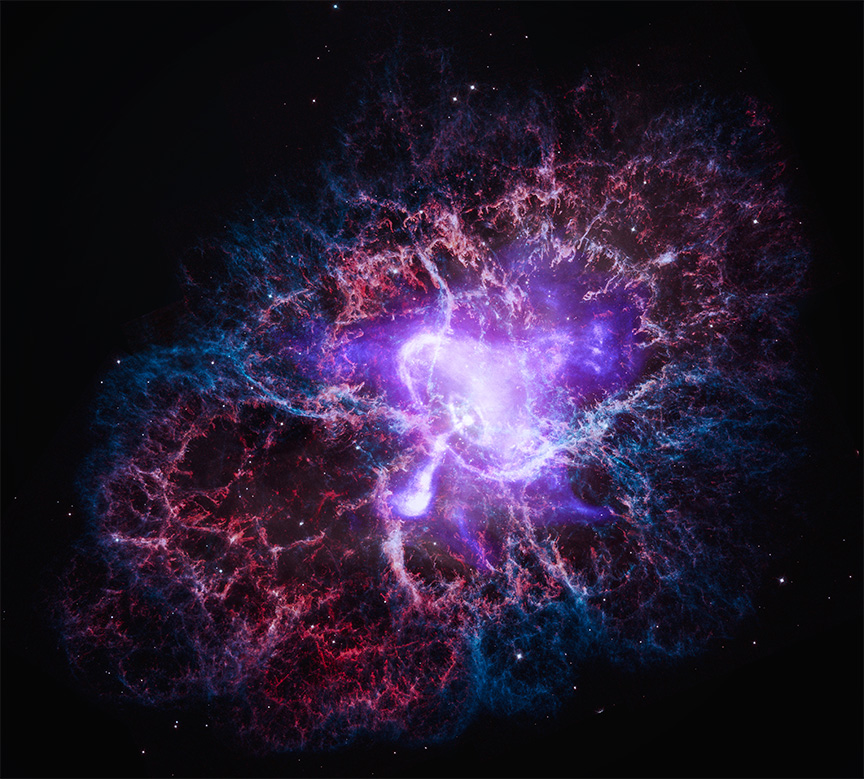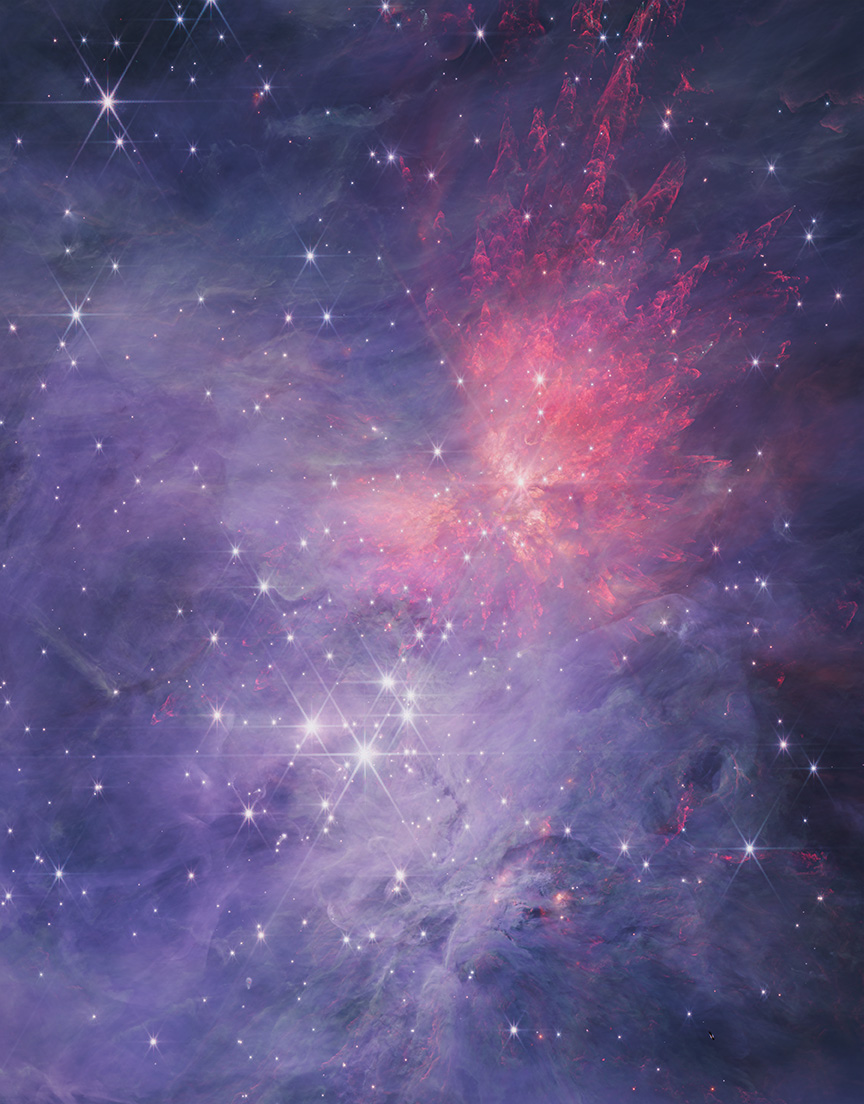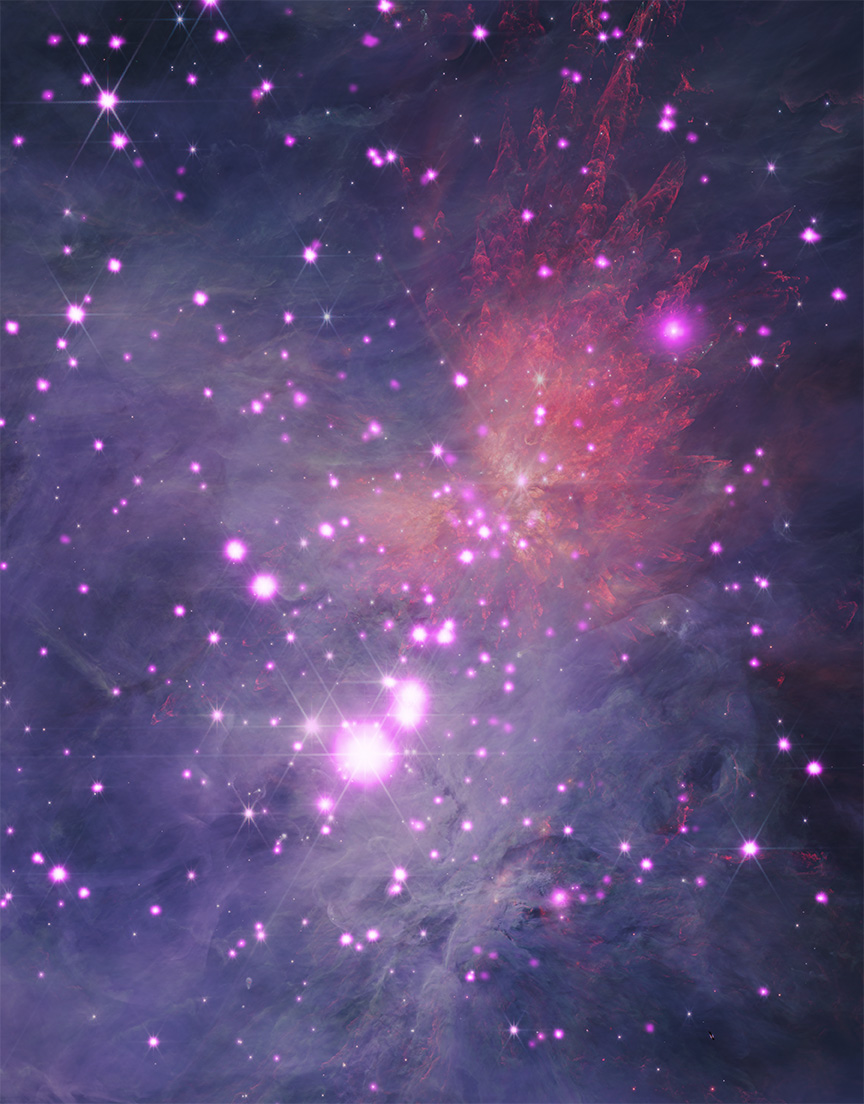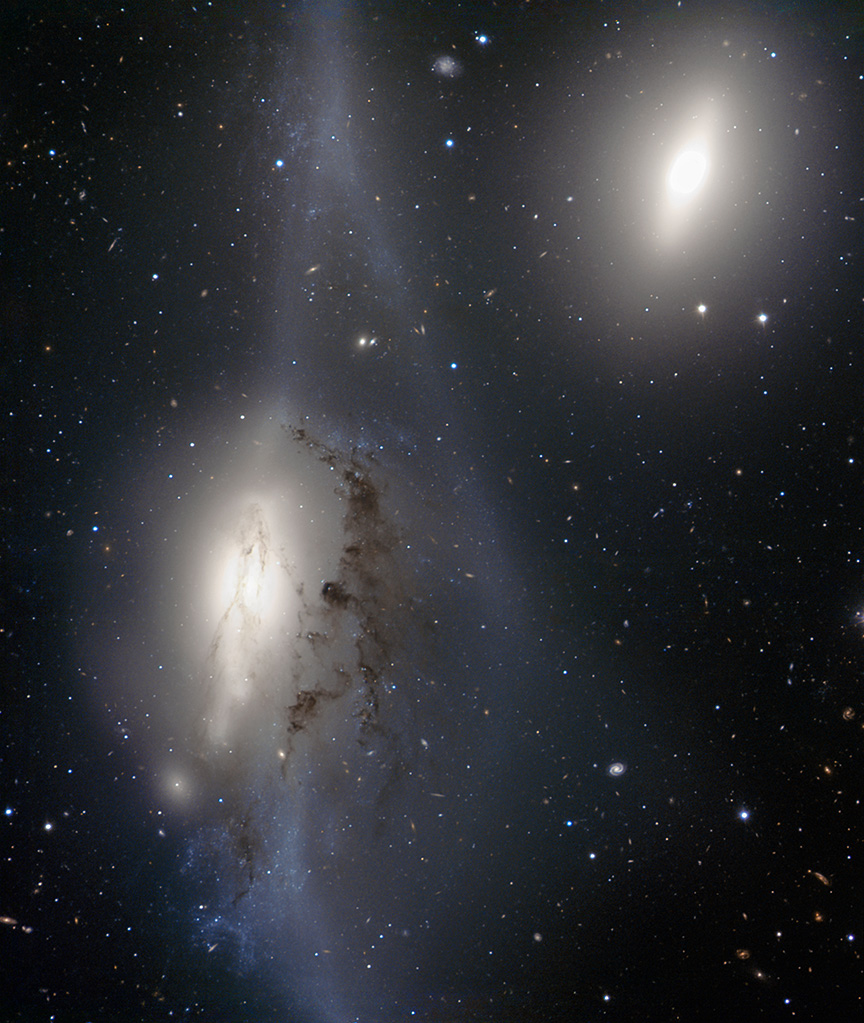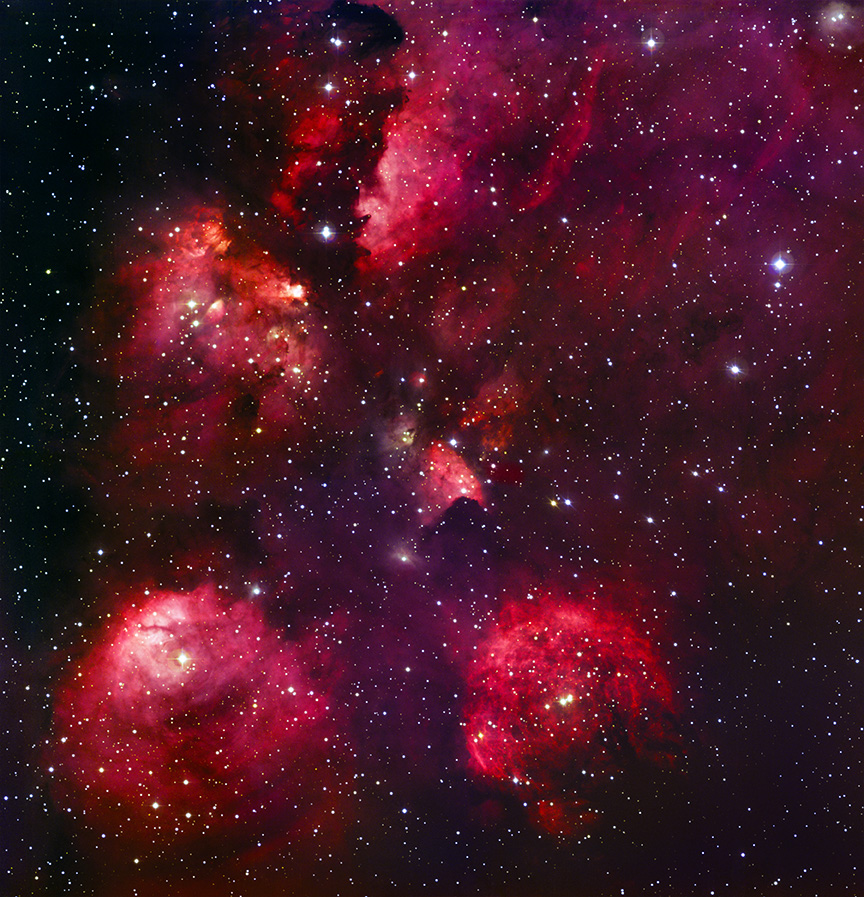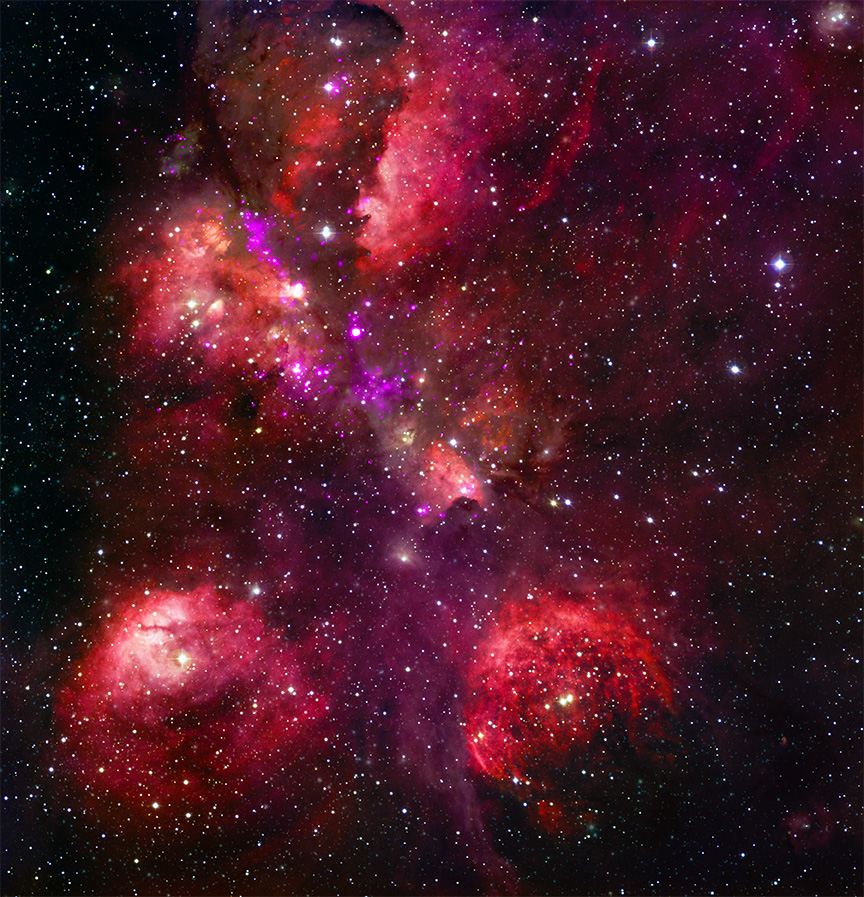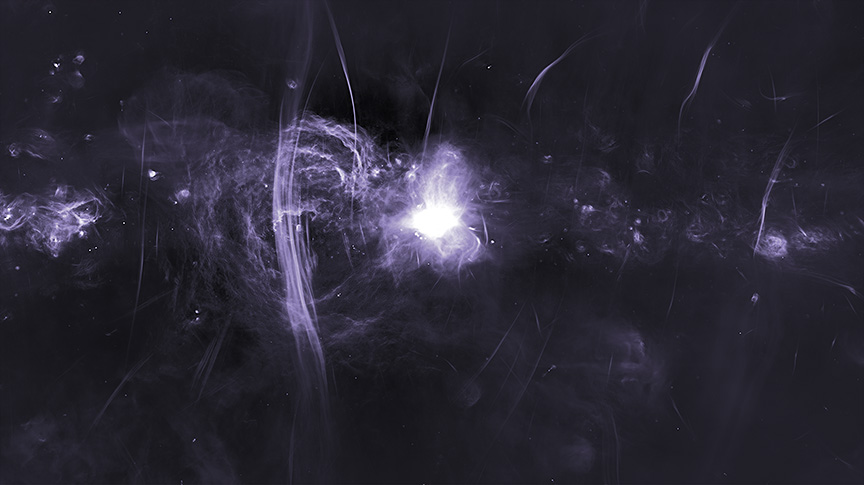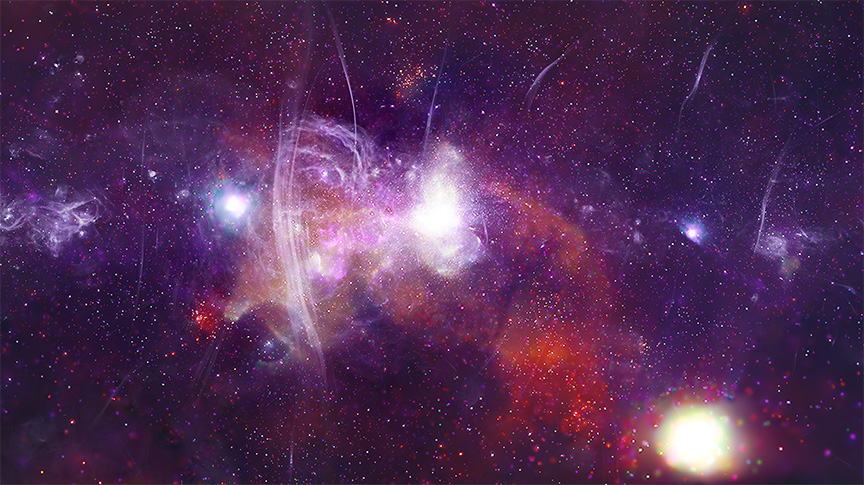HEAPOW | 2024 June 29
TY4YA JacTwenty-five years ago, on July 23, 1999, the Space Shuttle Columbia carried aloft in its payload bay an extraordinary instrument, NASA's third "Great Observatory", the Chandra X-ray Observatory. After being released from Columbia, Chandra's Inertial Upper Stage propelled the observatory to its final orbit, a highly elliptical path taking it a third of the way to the moon. Chandra's complement of instruments include the Advanced CCD Imaging Spectrometer (ACIS), the High Resolution Camera (HRC), and the Low Energy and High Energy Tranmission Grating Spectrometers (LETGS and HETGS, respectively), but its real claim to fame is its exquisite X-ray mirror assembly, the finest ever flown. Chandra's mirrors and cameras are capable of distinguishing objects separated by only one-half arcsecond, which the equivalent to reading a stop sign at a distance of twelve miles (assuming the stop sign was emitting X-rays). No other X-ray observatory can match the high-resolution images that Chandra can obtain During the past 25 years, Chandra has observed every type of X-ray emitting object, from planets, normal stars, black holes, neutron stars and other compact objects, to galaxies and galaxy clusters, and has measured the hot wreckage from stellar explosions and galaxy collisions, and probed the mysterious dark matter which makes up much of the cosmos. The images above shows a collection of 25 new space images celebrating Chandra. [...] Astronomers hope to have access to Chandra's unique imaging and spectrometric capabilities for years to come.
- These images were released to commemorate the 25th anniversary of Chandra. They represent the wide range of objects that the telescope has observed over its quarter century of observations. X-rays are an especially penetrating type of light that reveals extremely hot objects and very energetic physical processes. The images range from supernova remnants, like Cassiopeia A, to star-formation regions like the Orion Nebula, to the region at the center of the Milky Way. This montage also contains objects beyond our own Galaxy including other galaxies and galaxy clusters.
more
